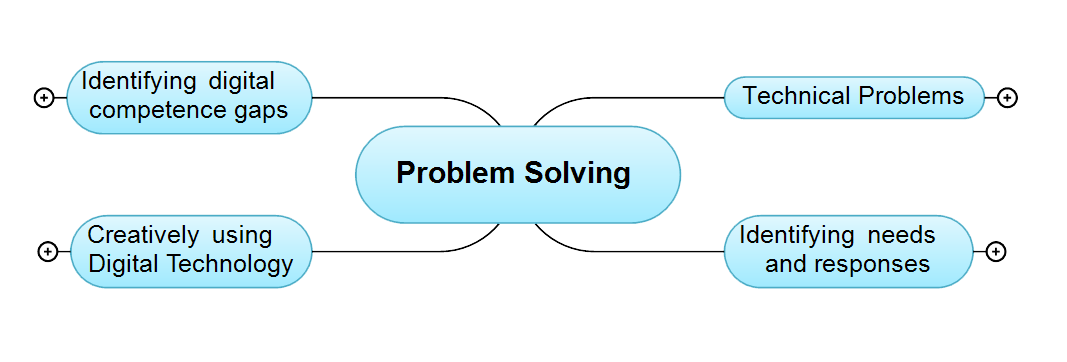In today’s increasingly digital world, the ability to solve problems effectively is more crucial than ever. With the constant influx of new technologies and the ever-growing complexity of our digital interactions, individuals must possess a comprehensive skill set to navigate the challenges and opportunities presented by the digital realm. This course delves into the intricacies of problem-solving in the digital domain, empowering participants to identify, analyse, and effectively resolve issues that arise in their digital interactions. The training course takes into account the DigComp Framework of the European Commission.
Lesson 1: Devices and Hardware Issues
The foundation of problem-solving in the digital world lies in understanding the devices and hardware that form the backbone of our digital interactions. This chapter explores the common hardware-related issues that users may encounter, including:
- Connectivity problems: Identifying and troubleshooting issues related to internet connections, Wi-Fi networks, and Bluetooth connectivity.
- Device malfunctions: Diagnosing and resolving hardware-related problems such as slow performance, overheating, and software glitches.
- Data loss and recovery: Implementing strategies for data backup, prevention, and retrieval to safeguard valuable information.
By mastering the intricacies of device and hardware troubleshooting, participants gain the confidence to tackle common technological hurdles independently.

Devices and connecting them played a role in former computer equipment. Today, it is easier to connect – nevertheless, problems can occur always.
Lesson 2: Identifying Needs and Responses
Problem-solving in the digital world goes beyond technical expertise; it encompasses the ability to identify and respond to user needs and expectations. This chapter focuses on developing a user-centric approach to problem-solving, guiding participants through:
- Needs assessment: Recognizing the underlying needs and motivations of users in the digital world.
- Problem framing: Effectively defining and structuring digital problems from the user’s perspective.
- User empathy: Developing a profound understanding of user experiences and pain points to inform problem-solving strategies.
Through this chapter, participants cultivate a user-centric mindset, enabling them to address digital challenges with a holistic understanding of user needs.
Lesson 3: Identifying Digital Competence Gaps
Effective problem-solving in the digital world necessitates a clear understanding of one’s digital competence level. This chapter delves into the assessment of digital competence gaps, empowering participants to:
- Evaluate their current digital skills and knowledge
- Identify areas of digital competence that require improvement
- Access resources and tools for enhancing digital competence
By recognizing their digital competence strengths and limitations, participants can prioritize their learning efforts and effectively bridge any existing gaps.
Lesson 4: Creatively Using Digital Technology
Problem-solving in the digital world extends beyond technical solutions; it often calls for creative and innovative approaches. This chapter delves into the creative application of digital technologies to solve problems, including:
- Exploring emerging technologies and their potential applications
- Harnessing the power of data analytics and visualization
- Utilizing digital tools for collaboration and problem-solving
- Applying digital tools in unconventional ways to address complex issues.
Use of new technology like Artificial Intelligence of 3D printers.
By fostering a creative mindset and embracing the innovative potential of digital technologies, participants gain the ability to tackle complex problems with ingenuity and resourcefulness.




